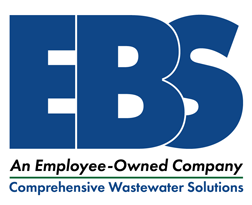Algae are common in waste treatment systems and come in many forms including a filamentous form. They are usually green or brown in color and the filaments are larger than bacterial filaments. Some have flagella and are sometimes classified as flagellated algae. Many of the algae types are mobile and can be observed swimming through the water with little magnification. Some have a red “eyespot”, a small red spot in the center of the organism, used to indicate light which is used for photosynthesis. While all of them utilize photosynthesis, many can also conduct carbonaceous respiration and, therefore, are excellent BOD degraders.
Algae are usually indicative of excess nutrients in a system and can follow an upset that kills the bacterial cells thus releasing the bound nutrients. They are more common in summer months when there is more sunlight, warmer water, and increased benthic feedback of nutrients. In large numbers, they can cause elevated TSS at the effluent.
[foogallery id=”4179″]
